Top 8+ Pinterest Ads KPIs & Metrics to Track

With over 537 million monthly active users as of 2025, Pinterest advertising presents a unique opportunity for businesses to reach their target audience through visually appealing content. But with so many metrics available in your Pinterest account, how do you know which ones truly matter for measuring success?
Today, we'll dive deep into the most crucial Pinterest KPIs (key performance indicators) that will help you make data-driven decisions and optimize your Pinterest marketing strategy for better results.
Table of contents
- What are Pinterest Ads KPIs?
- Why is it important to track Pinterest Ads KPIs?
- Essential Pinterest Ads KPIs to track
- How to track your Pinterest Ads data
- Take your Pinterest advertising to the next level
What are Pinterest Ads KPIs?
Pinterest Ads KPIs are performance metrics that help you measure the success of your Pinterest advertising efforts. These metrics provide valuable insights into your campaign performance, audience engagement, and overall digital marketing strategy effectiveness.
By tracking these Pinterest KPIs, you can:
- Make informed decisions about your advertising budget allocation
- Optimize your promoted pins for better performance
- Understand your target audience through detailed demographics data
- Improve your Pinterest marketing ROI
- Measure the profitability of your Pinterest Ad campaigns
Why is it Important to Track Pinterest Ads KPIs?
In the fast-paced world of digital marketing, Pinterest stands out as a unique platform where users actively seek inspiration and are ready to make purchase decisions. But without proper tracking of your Pinterest Ads KPIs, you're essentially running your ad campaigns blindfolded.
Drive Better ROI with Data-Driven Decisions
Tracking Pinterest Ads KPIs isn't just about collecting numbers – it's about gathering actionable insights that directly impact your bottom line. When you monitor key metrics like number of clicks, click-through rate (CTR), cost per click (CPC), and conversion rate, you can:
- Identify which ad formats perform best for your target audience
- Optimize your ad spend based on real performance data
- Adjust your creative strategy based on engagement metrics
- Scale successful campaigns while pausing underperforming ones
Understand Your Audience Better
Pinterest's unique user base behaves differently from other social platforms. Through careful KPI tracking & by leveraging audience insights, you can:
- Discover which product categories resonate most with your audience
- Identify peak engagement times for your promoted pins
- Understand the content types that drive the highest conversion rates
- Track seasonal trends to inform your Pinterest marketing strategy
Prove Campaign Value to Stakeholders
Whether you're reporting to clients or internal stakeholders, solid KPI tracking helps you:
- Demonstrate clear return on ad spend (ROAS)
- Show the impact of Pinterest advertising on overall business goals
- Justify marketing budget allocations
- Compare Pinterest performance against other marketing channels
Stay Ahead of Competition
In today's competitive digital landscape, not tracking your Pinterest Ads KPIs can put you at a significant disadvantage. Proper tracking helps you:
- Benchmark your performance against industry standards
- Identify new opportunities before your competitors
- Optimize your campaigns faster and more effectively
- Make quick adjustments based on real-time data
Avoid Common Pitfalls
Many marketers make the mistake of focusing solely on vanity metrics or not tracking enough data points. Comprehensive KPI tracking helps you:
- Focus on metrics that actually matter for your business goals
- Identify and fix issues before they impact your budget significantly
- Maintain consistent performance across all campaigns
- Make informed decisions about scaling your Pinterest advertising efforts
By understanding why tracking these KPIs is crucial, you'll be better equipped to implement a solid measurement strategy. In the following sections, we'll show you exactly how to track these essential metrics using DashThis, making the entire process seamless and efficient.
Essential Pinterest Ads KPIs to Track
1. Impressions
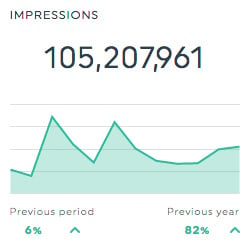
What it is: The total number of times your promoted pins appear in users' feeds, search results, or category feeds.
Why it matters: Impressions are crucial for measuring brand awareness and understanding your content's visibility. However, impressions alone don't tell the whole story - they should be analyzed alongside engagement metrics to ensure your ads aren't just being seen but are also resonating with your target audience.
How to optimize it:
- Test different posting times to maximize visibility
- Use relevant keywords in your pin descriptions
- Create eye-catching visuals that stand out in the feed
- Target your ads to the most relevant audience segments
2. Pin Clicks & Click-Through Rate (CTR)

What it is: Pin clicks represent the number of times Pinterest users click on your promoted pins, while CTR measures the percentage of users who click after seeing your ad. It gives you a closer look of what resonates with your audience and what is not.
Why it matters: This metric directly indicates how compelling your pins are to your target audience. A healthy CTR suggests that your visuals and copy are effectively encouraging users to take action.
Industry benchmarks: While CTRs vary by industry, a good Pinterest ads CTR typically ranges from 0.5% to 1.5%.
How to improve it:
- Create clear, action-oriented calls-to-action
- Use high-quality, professional images
- Ensure your pin description accurately reflects the destination content
- Test different pin formats (standard pins vs. carousel ads vs. video ads)
3. Cost Per Click (CPC)
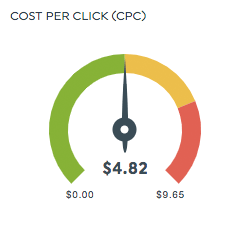
What it is: The average amount you pay each time someone clicks on your promoted pin.
Why it matters: CPC directly impacts your Pinterest ad campaign's profitability and helps you understand if you're spending your ad budget efficiently. It's a crucial metric for maintaining profitability while scaling your Pinterest advertising efforts.
How to optimize it:
- Improve your pin's relevance score through better targeting
- Test different bid strategies
- Monitor and adjust bids based on performance data
- Focus on creating high-quality pins that drive engagement
4. Conversion Rate
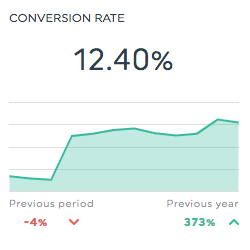
What it is: The percentage of Pinterest users who complete your desired action (purchase, sign-up, download, etc.) after clicking on your promoted pin.
Why it matters: Conversion rate is perhaps the most important metric for measuring the actual business impact of your Pinterest advertising. It helps you understand not just if users are engaging with your ads, but if they're taking the actions that drive your business forward.
How to improve it:
- Ensure strong message match between pins and landing pages
- Optimize your landing page experience
- Test different offers and calls-to-action
- Use audience targeting to reach users with high purchase intent
5. Return on Ad Spend (ROAS)
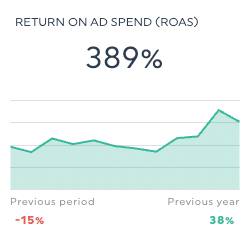
What it is: The revenue generated for every dollar spent on Pinterest advertising.
Why it matters: ROAS helps you measure the direct financial impact of your Pinterest ads and determine if your investment is paying off. This metric is particularly crucial for e-commerce businesses and direct response campaigns.
How to calculate it:
ROAS = Revenue Generated ÷ Ad Spend
How to improve it:
- Focus on high-intent keywords and audiences
- Optimize your conversion funnel
- Test different ad formats and creative approaches
- Adjust bidding strategies based on performance data
6. Engagement Rate
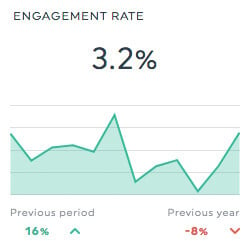
What it is: A comprehensive metric that measures how users interact with your pins through saves (repins), closeups, outbound clicks, and swipes.
Why it matters: Engagement rate provides insight into how compelling your content is to your target audience. High engagement often correlates with better overall campaign performance and can lead to increased organic reach.
How to calculate it:
Engagement Rate = (Total Engagements ÷ Total Impressions) × 100
Types of engagements to track:
- Saves (indicates users find your content valuable enough to reference later)
- Closeups (shows interest in detailed information)
- Outbound clicks (indicates strong interest in learning more)
7. Video Performance Metrics
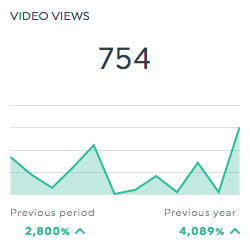
What it is: Specific metrics for video ads, including video views, view time, and completion rates.
Why it matters: Video content is increasingly important on Pinterest, and understanding how users engage with your video ads can help you create more effective content.
Key video metrics to track:
- Video views (total number of views)
- View duration (average watch time)
- Completion rate (percentage who watch the entire video)
- Video engagement rate (likes, saves, and comments on video pins)
8. Landing Page Performance
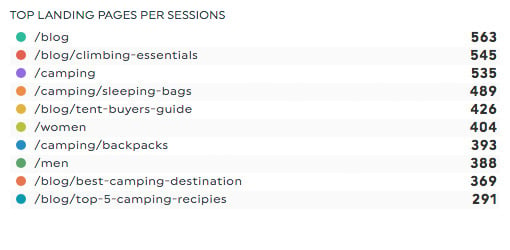
What it is: Metrics that measure how users interact with your website after clicking through from Pinterest ads.
Why it matters: Even the best-performing Pinterest ad can fail if the landing page experience doesn't meet user expectations.
Key metrics to track through Google Analytics:
- Bounce rate (percentage of single-page visits)
- Time on page (average duration of visits)
- Page load speed (crucial for mobile users)
- Goal completion rate (conversion rate by landing page)
How to Track Your Pinterest Ads KPIs
Marketers often struggle keeping track of their Pinterest advertising performance across multiple campaigns, ad groups, and metrics. Between Pinterest Analytics, Google Analytics, and various spreadsheets, measuring success becomes overwhelming.
DashThis's all-in-one Pinterest Ads dashboard simplifies this process by gathering all your Pinterest advertising data in one place.
Step 1: Create Your Pinterest Ads Dashboard
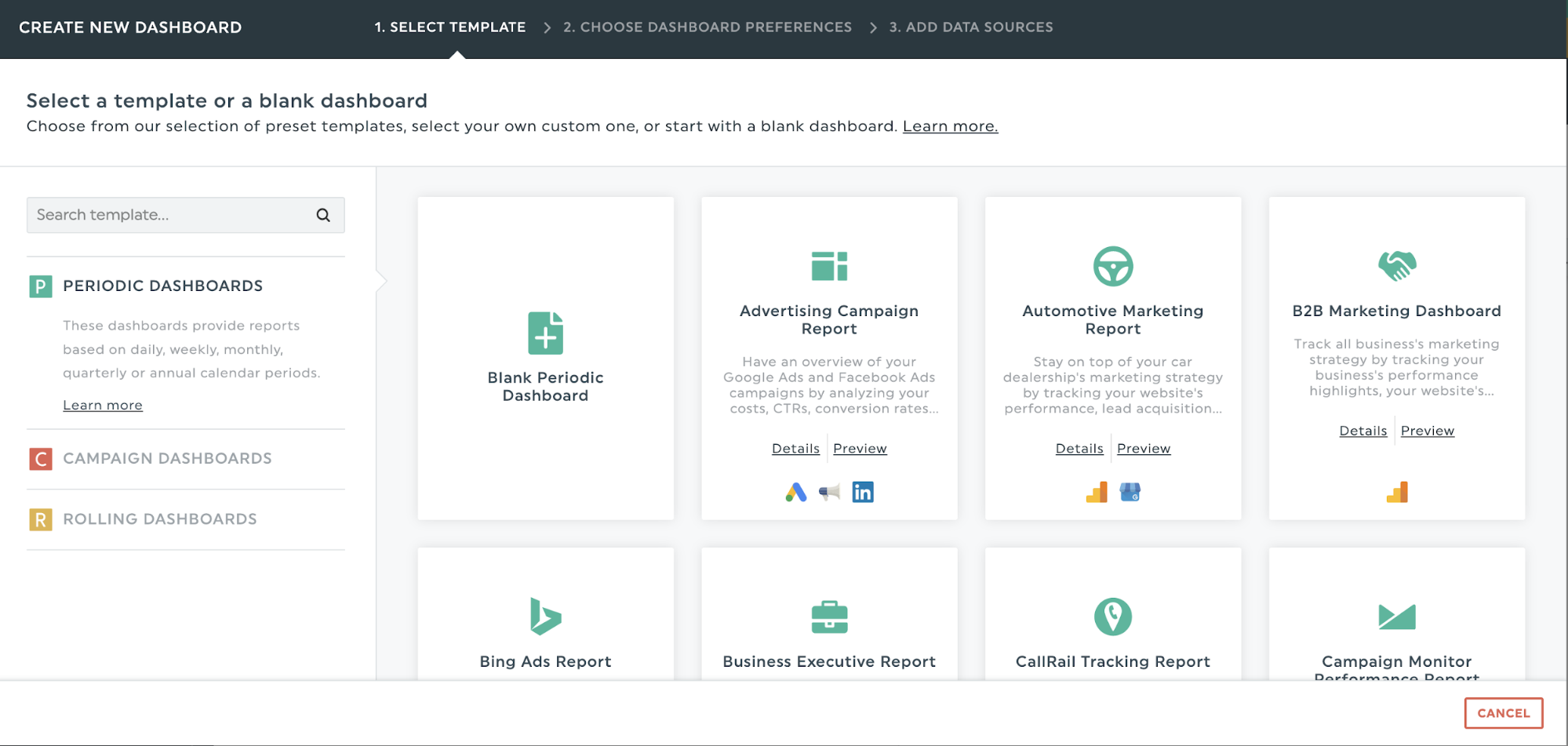
Let's start by creating your Pinterest Ads reporting dashboard in DashThis!
- Click +New Dashboard
- Select the "Pinterest Ads Report" template
- Name your dashboard and click Next
Step 2: Connect Your Pinterest Data Sources
DashThis integrates seamlessly with all the tools you need to track Pinterest Ads performance:
- Pinterest Analytics
- Google Analytics
- Additionnal advertising platforms
- Additional social media networks
Simply use the Connect button to add each data source you want to track. Once connected, DashThis automatically imports your latest Pinterest advertising data, eliminating hours of manual data gathering.
Step 3: Set Up Your KPI Dashboard
Now, let's build a comprehensive dashboard that tracks your most important Pinterest Ads KPIs.
First, identify your key metrics based on your advertising goals. For example, you might want to track:
- Campaign performance metrics (impressions, clicks, CTR)
- Cost metrics (CPC, total spend, ROAS)
- Conversion metrics (conversion rate, revenue)
- Engagement metrics (saves, closeups, comments)
Setting this up in DashThis is straightforward. Use the drag-and-drop interface to select your chosen metrics and organize them into logical sections.
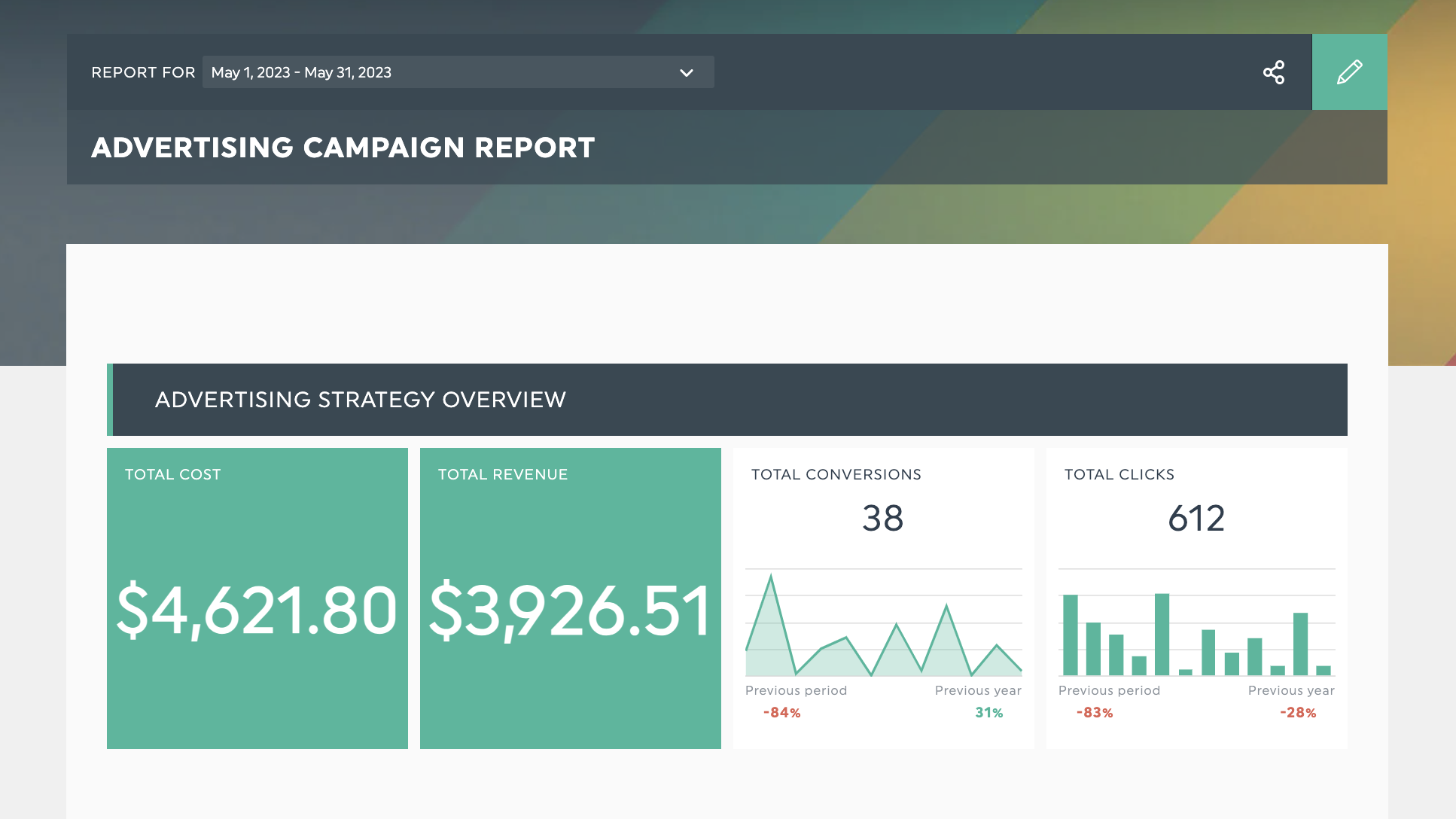
Get this Pinterest Ads report template with your own data!
Pro tip: Use comparison widgets to track performance against previous periods or campaign benchmarks. This helps you quickly identify trends and opportunities for optimization.
Step 4: Share and Automate Your Pinterest Ads Reporting
Once your dashboard is ready, automate the reporting process to save time and ensure consistent monitoring.
Click Sharing Options > Share by Email > Frequency to schedule automated report delivery to stakeholders.
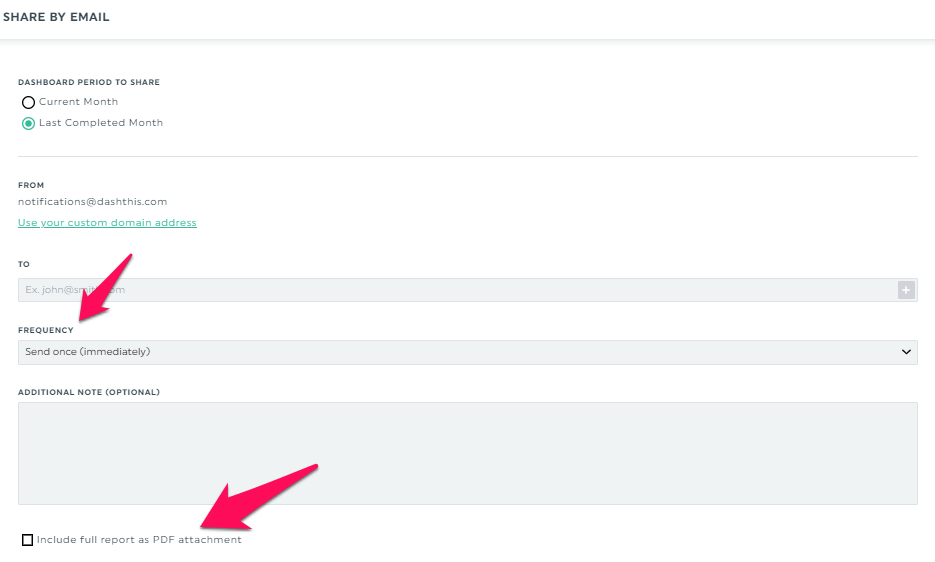
Choose from multiple sharing options:
- PDF downloads for offline viewing
- Shareable URL links for real-time access
- Automated email reports on your preferred schedule
Your team can interact with the dashboard, viewing detailed data points and reading your analysis notes directly in the interface.
Take your Pinterest advertising to the next level
Understanding and tracking these Pinterest Ads KPIs is crucial for maximizing your marketing campaigns' effectiveness. Start by focusing on the metrics that align with your business goals, and gradually expand your tracking as you become more comfortable with Pinterest advertising.
Ready to streamline your Pinterest Ads reporting? Try DashThis for free and create beautiful, automated reports that combine all your marketing data in one place.
Ready to automate your Pinterest Ads reporting?
Read More
Don’t miss out!
Automate your reports!
Bring all your marketing data into one automated report.
Try dashthis for free

